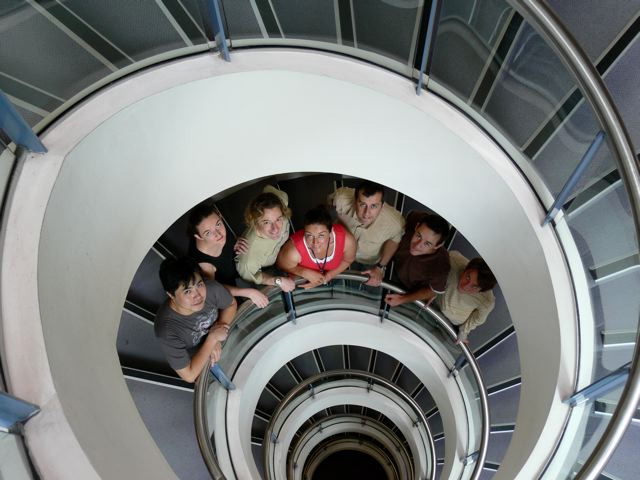Australia: a warm welcome down under

You might be hearing ‘g’day’ and ‘strewth’ in the corridors a bit more often from now on, as Australia officially begins the first ever associate membership to EMBL’s international community.
The country has become a central player in molecular biology in recent years, with special expertise in medical epidemiology and stem cell research. Associate membership will facilitate interaction between the Australian and European molecular biology communities and encourage the exchange of scientists, with EMBL already in the process of hiring group leaders who will serve their time between the two continents.
Of course, many of EMBL’s non- Australian alumni have already found themselves living down under and sharing their knowledge in senior positions. One such example is Thomas Preiss, previously a postdoc in Matthias Hentze’s lab at EMBL Heidelberg, who’s now head of the RNA Biology Laboratory at the Victor Chang Cardiac Research Institute (VCCRI) in Sydney and Conjoint Associate Professor at the University of New South Wales (UNSW). His lab investigates the mechanisms and transcriptome-wide patterns of eukaryotic mRNA translation and its regulation by RNA-binding proteins and non-coding RNA, and he still collaborates closely with Matthias Hentze at EMBL.
“Together with my wife Karen, an EMBL alumna, and two Kinderhaus alumni, I moved to the other side of the world in 2002,” he says. “I was very warmly received by the scientific community in Australia. I was awarded a Viertel Senior Medical Research fellowship lasting until 2007, and in 2008 I was admitted to the NHMRC Senior Research Fellow scheme.”
As well as collaborating with his old EMBL lab, Thomas maintains links to Europe with collaborations with the Sanger Institute and the universities of Oxford, Warsaw and Berne, to name a few. But he’s also giving back to his adopted environment by making use of what he’s learnt from EMBL about training and research infrastructure development; he’s in charge of the Graduate Student Program at VCCRI, and last year co-initiated the RNA Network Australasia, a special interest group for RNA scientists.
Of course, working in Australia sounds idyllic, with great weather and superb beaches on the doorstep, but Thomas faces the same challenges as any researcher. “Attracting talented scientists to the lab is always difficult, but Australia’s associate membership with EMBL should now help with this,” he says. “Also, it’s tough finding enough time to travel to international meetings which, from here, are pretty far away. It’s important to make an effort to keep in touch with former colleagues for the same reason.”
Sabine Wimmer-Kleikamp, a recent postdoc at EMBL who is now at the Centre for Vascular Research, University of Sydney, agrees. “I’m just starting a research group looking at cell-cell signalling events using high end imaging technologies, with a focus on vascular research, and I’d love to hear from talented students who want to undertake their project – or part of it – in Australia,” she says.
She too maintains close contact with scientists in Europe, currently collaborating with former EMBL group leader Philippe Bastiaens, now at the Max Planck Institute for Physiology in Dortmund, and EMBL Heidelberg’s Achilleas Frangakis. “Apart from setting up the lab, shipping reagents into Australia, and waiting for renovations to be done, I’m getting used to a few culture shocks. Seeing dolphins swimming past while I’m sitting on the beach, for example, and trying not to get sunburnt!” she says.
Thomas, who’s had a bit longer to get used to life down under, still finds a few things surprising. “I can never get used to having Christmas in the middle of summer!” he says.